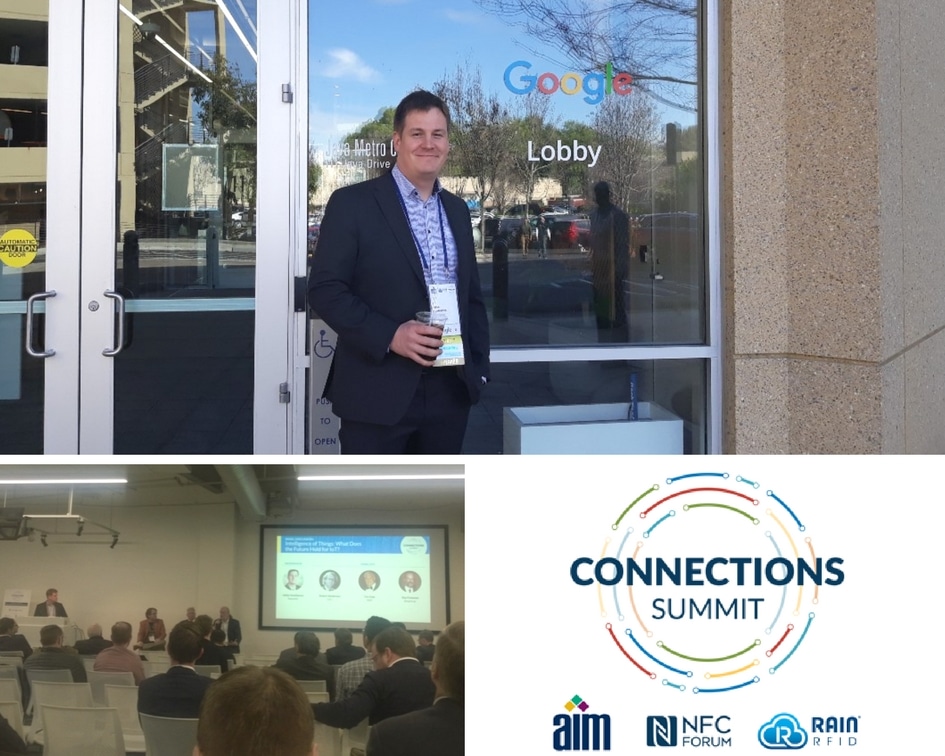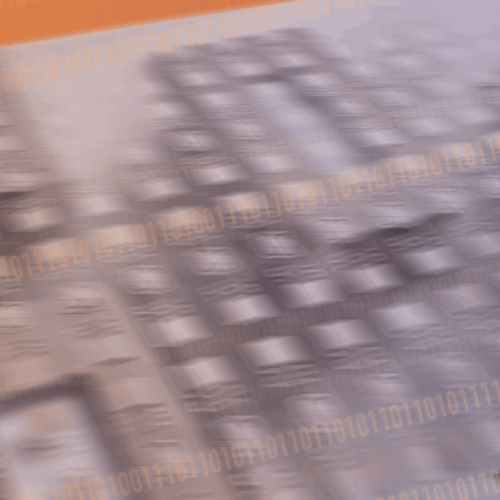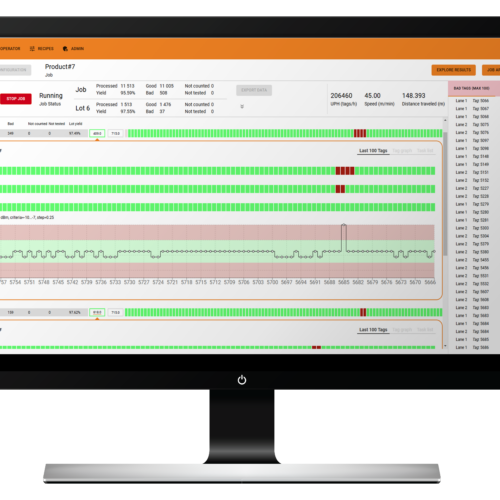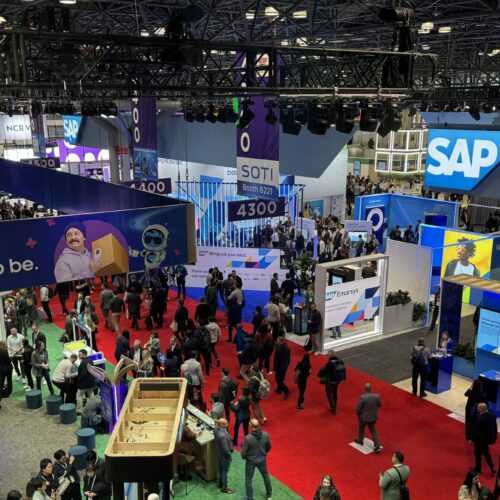Until now, it has seemed that different RFID and AIDC technologies, as well as the organizations that represent them have resided in their own silos. Both RAIN RFID and NFC have been focusing on their own applications and they don’t seem to have much in common. At the same time, both technologies have been quite distant from all the discussion surrounding the Internet of Things (IoT).
But as a matter of fact, the two technologies have a common goal: they strive to be means for connecting items to the cloud. And the technologies don’t really compete against each other. So, it makes perfect sense that the two industries started to pull into one direction. That is why the RAIN RFID Alliance, the NFC Forum and AIM Global joined forces to arrange the first Connections Summit at the Google campus in Sunnyvale, California.

Connections Summit 2018 Attracted Excellent Attendance
The Connections Summit brought together the RAIN RFID and NFC communities, as well as a lot of curious visitors, into a day full of presentations and panels that covered various aspects of these technologies. Overall, there were over 450 people participating, which I think is a huge success. The presentations covered the host Google’s view of the IoT, IDTechEx’s market information, and numerous case studies highlighting the use of both NFC and RAIN RFID. It was clear that RAIN RFID, NFC, BLE (Bluetooth Low-Energy) and other wireless technologies, as well as optical codes have their own benefits and uses. There are some overlaps, but the overlapping application areas are shadowed by unique benefits of each technology.
Intranets of Things is not True IoT
Even if each data collecting technology has its own benefits, there are also shared development needs in the broader identification and IoT industry. In many presentations and discussions, the questions related to the collected data. There is a clear need for common standards on how to point the ID codes to actual data in the cloud (the digital twin). Currently, each technology relies on different methods and standards, and in many cases, applications are company-specific. The current Internet of Things (IoT) is actually a number of separate intranets of things, offering very little meaningful IoT data available “in the internet”.
Data Sharing Requires Determining of Ownership and Privacy
In order to move from the intranets to real IoT, data sharing standards are needed. The topic is complicated: In addition to pure standardization, also questions of privacy and data ownership have to be addressed. What part of the data is owned by the owner of the item? What is owned by the organization collecting the data? And who owns the data that is aggregated from multiple sources? The discussion has started, but the IoT industry has a long road ahead before all these questions are solved.
So, what is the verdict? Did the event work out? Yes! There was definitely a need for this kind of cross-pollination. Everyone I talked to at the event emphasized that they had learned a lot. I am sure that this event was not the last of its kind, I am looking forward to the next one.
All blog posts


